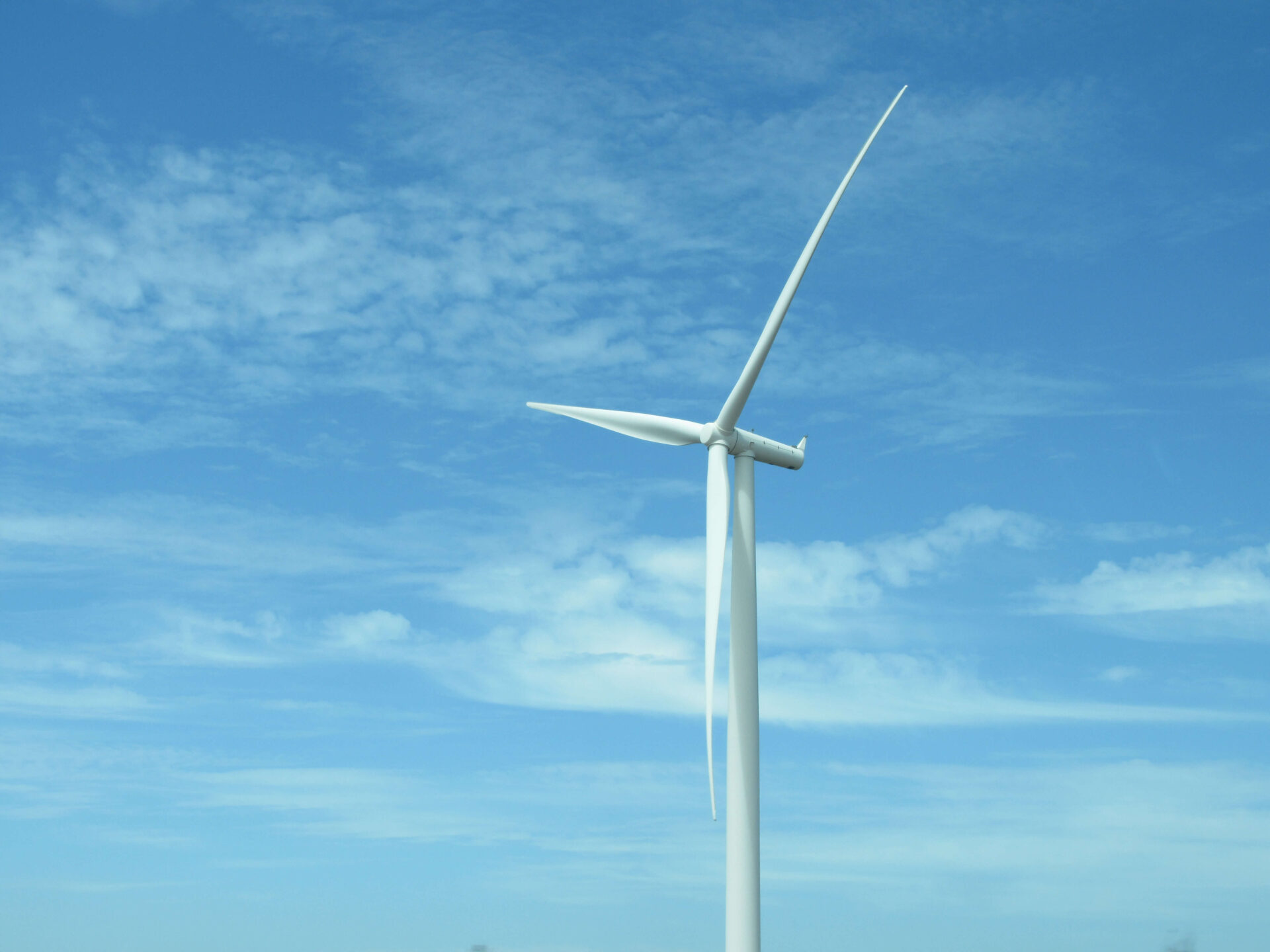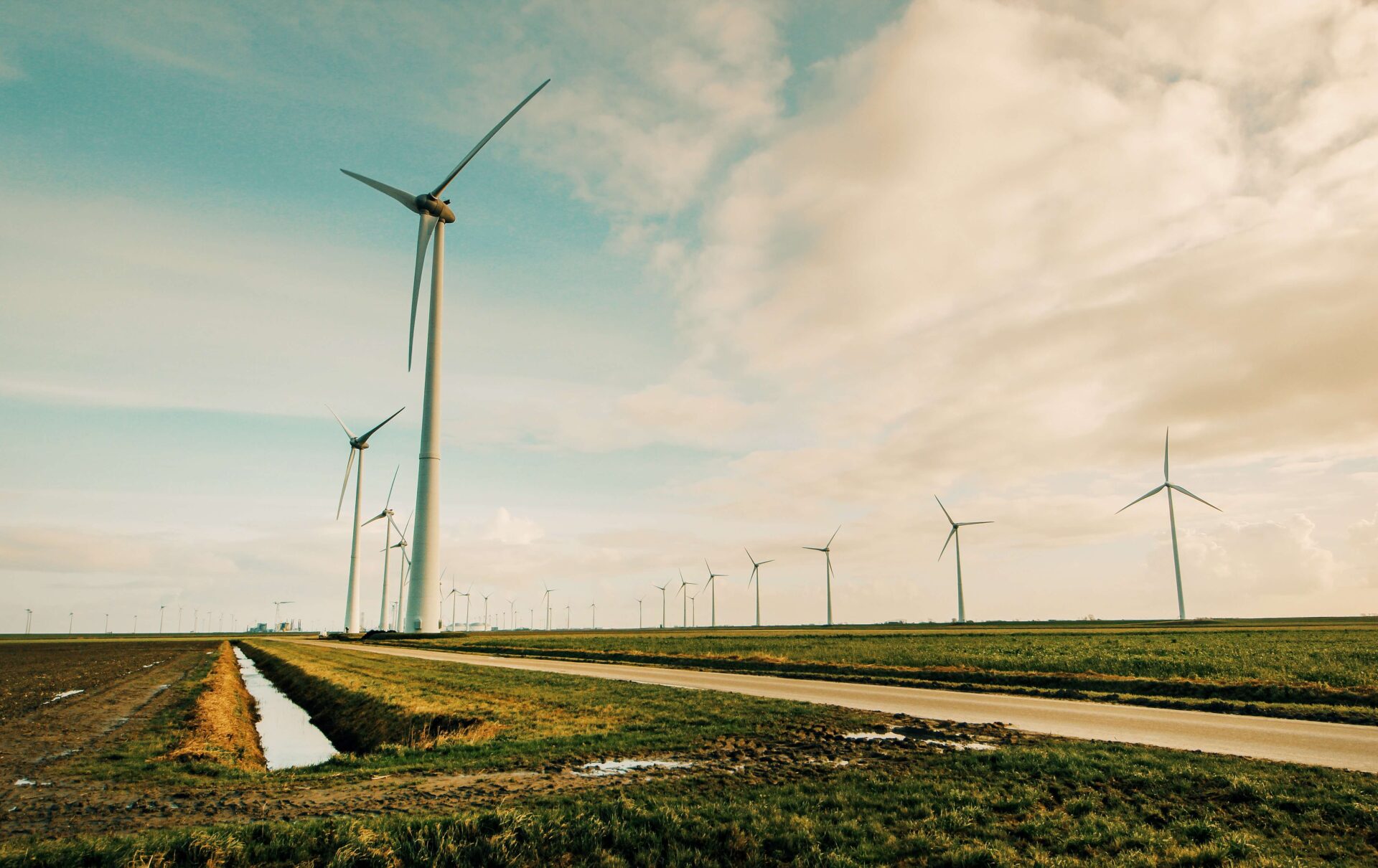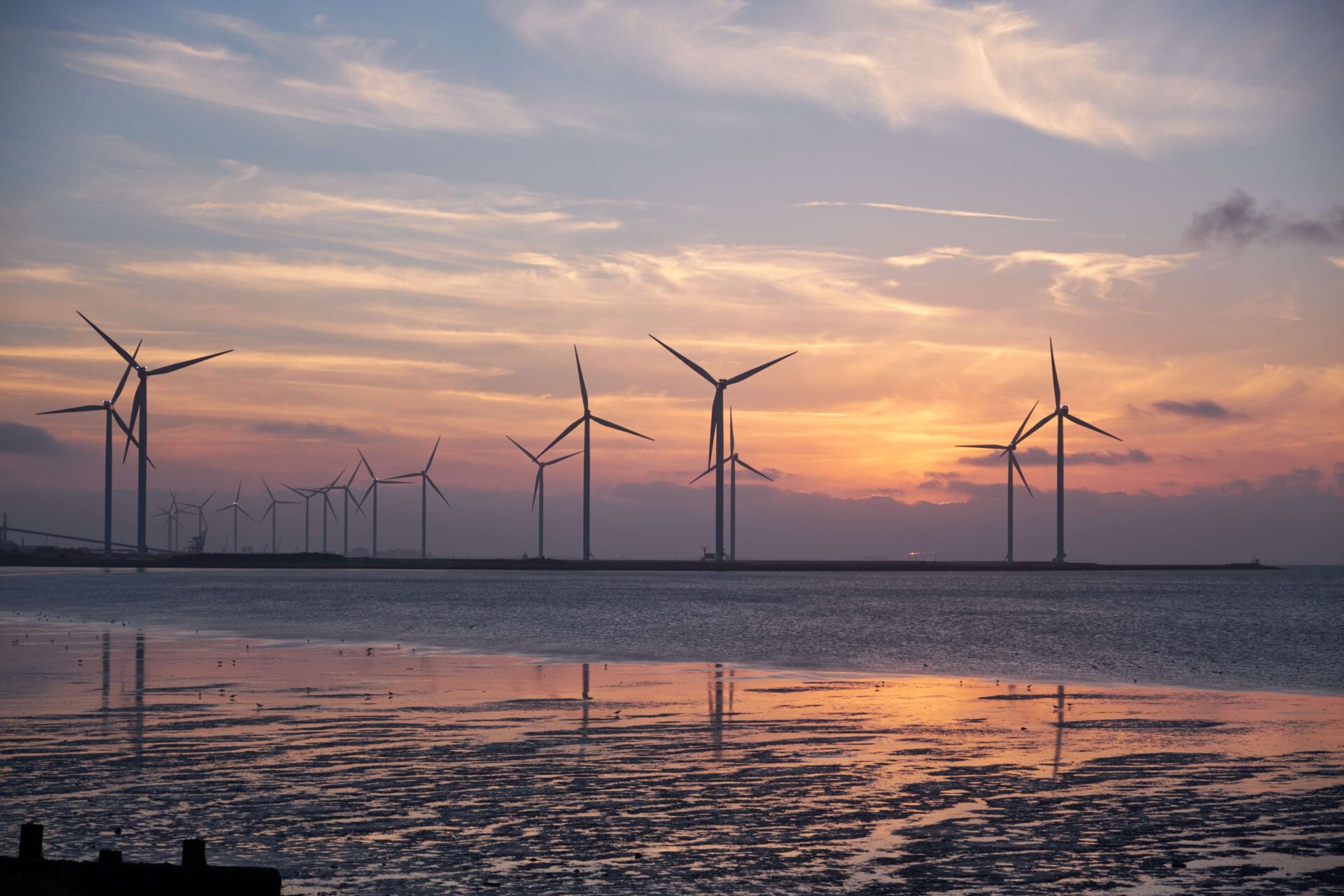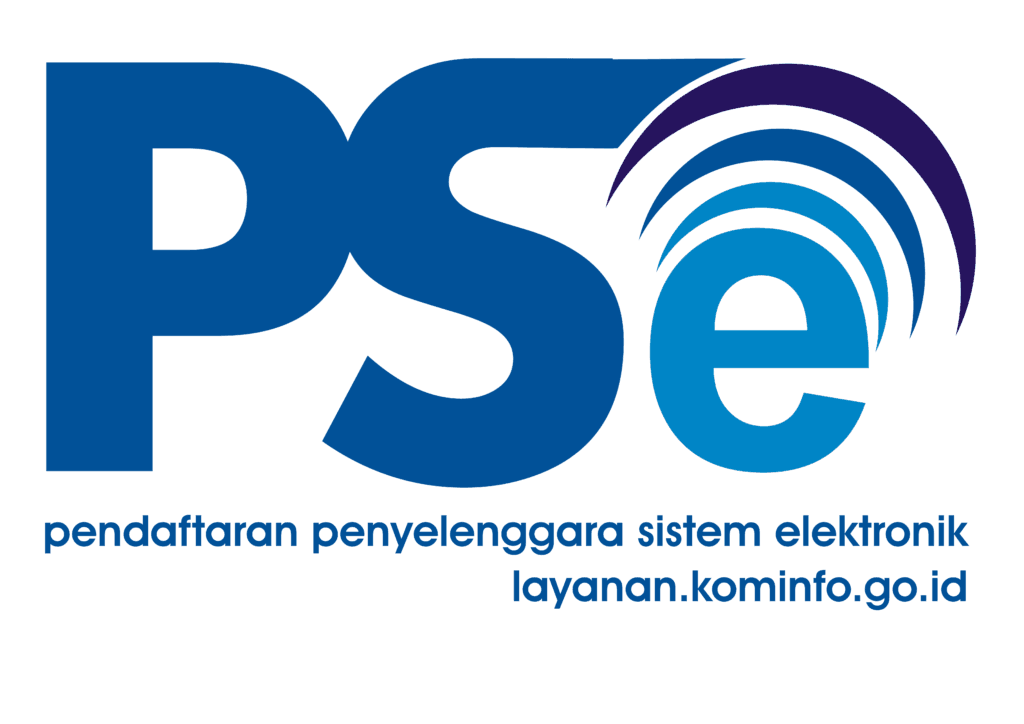
- As renewable energy technology continues to advance and grow in popularity, wind farms like this one have become an increasingly common sight along hills, fields, or even offshore in the ocean.
- Wind Energy is electricity created from the naturally flowing air in the Earth’s atmosphere.
- Wind turbines usually have three blades. The blades are made of strong, lightweight materials such as fiberglass or carbon fiber. The blades are attached to a wheel that looks like a giant bicycle wheel.
As renewable energy technology continues to advance and grow in popularity, wind farms like this one have become an increasingly common sight along hills, fields, or even offshore in the ocean. Therefore, in this article, EBT Heroes will get to know more about wind energy.
What is Wind Energy?

Wind Energy is electricity created from the naturally flowing air in the Earth’s atmosphere. As a renewable resource that won’t get depleted through use, its impact on the environment and climate crisis is significantly smaller than burning fossil fuels.
Wind energy can be created by something as simple as a set of 8-foot sails positioned to capture prevailing winds that then turn a stone and grind grain (a gristmill). Or it can be as complex as a 150-foot vane turning a generator that produces electricity to be stored in a battery or deployed over a power distribution system. There are even bladeless wind turbines.
Read More
Wind is produced naturally when the sun heats the atmosphere, from variations in the surface of the Earth, and from the planet’s rotation. Wind can then increase or decrease as a result of the influence of bodies of water, forests, meadows and other vegetation, and elevation changes. Wind patterns and speeds vary significantly across terrain, as well as seasonally, but some of those patterns are predictable enough to plan around.
Types of Wind Energy
Utility Scale Wind Energy
:max_bytes(150000):strip_icc():format(webp)/wind-farm--and-electrical-substation--184914325-283e1c5c18c44a4685f93f2509ffc556.jpg)
These are large-scale wind projects designed to be used as a source of energy for a utility company. They are similar in scope to a coal-fired or natural gas power plant, which they sometimes replace or supplement. Turbines exceed 100 kilowatts of power in size and are usually installed in groups to provide significant power—currently these types of systems provide about 8.4% of all energy in the United States.
Offshore Wind Energy

These are generally utility-scale wind energy projects that are planned in the waters off coastal areas. They can generate tremendous power near larger cities (which tend to cluster closer to shore in much of the United States). Wind blows more consistently and strongly in offshore areas than in land, according to the U.S. Department of Energy. Based on the organization’s data and calculations, the potential for offshore wind energy in the U.S. is more than 2,000 gigawatts of power, which is two times the generating capacity of all U.S. electric power plants.6 Worldwide, wind energy could provide more than 18 times what the world currently uses, according to the International Energy Agency
Small Scale or Distributed Wind Energy

This type of wind energy is the opposite of the examples above. These are wind turbines that are smaller in physical size and are used to meet the energy demands of a specific site or local area. Sometimes, these turbines are connected to the larger energy distribution grid, and sometimes they are off-grid. You’ll see these smaller installations (5 kilowatt size) in residential settings, where they might provide some or most of a home’s needs, depending on weather, and medium-sized versions (20 kilowatts or so) at industrial or community sites, where they might be part of a renewable energy system that also includes solar power, geothermal, or other energy sources.
Read More
- The Future of Wind as Our New Hope in Renewable Energy
- Maximizing The Wind Energy for Greater Benefit
How does The Wind Energy Work
Wind turbines work on a simple principle: instead of using electricity to make wind—like a fan—wind turbines use wind to make electricity. Wind turns the propeller-like blades of a turbine around a rotor, which spins a generator, which creates electricity.
The turbines are mounted on a tower to maximize their exposure to the wind. When the wind blows, the blades spin clockwise, capturing energy. This energy is then converted into electricity by a generator.
Wind turbines usually have three blades. The blades are made of strong, lightweight materials such as fiberglass or carbon fiber. The blades are attached to a wheel that looks like a giant bicycle wheel.
The wheel is connected to a generator. As the wheel turns, the generator produces electricity.
- The amount of electricity produced by a wind turbine depends on the speed of the wind. Turbines produce the most electricity when the wind is blowing between 25 and 55 mph.
- Most turbines have sensors that automatically turn the blades away from the wind if the wind gets too strong. This prevents the turbine from being damaged by high winds.
References :



Comment closed